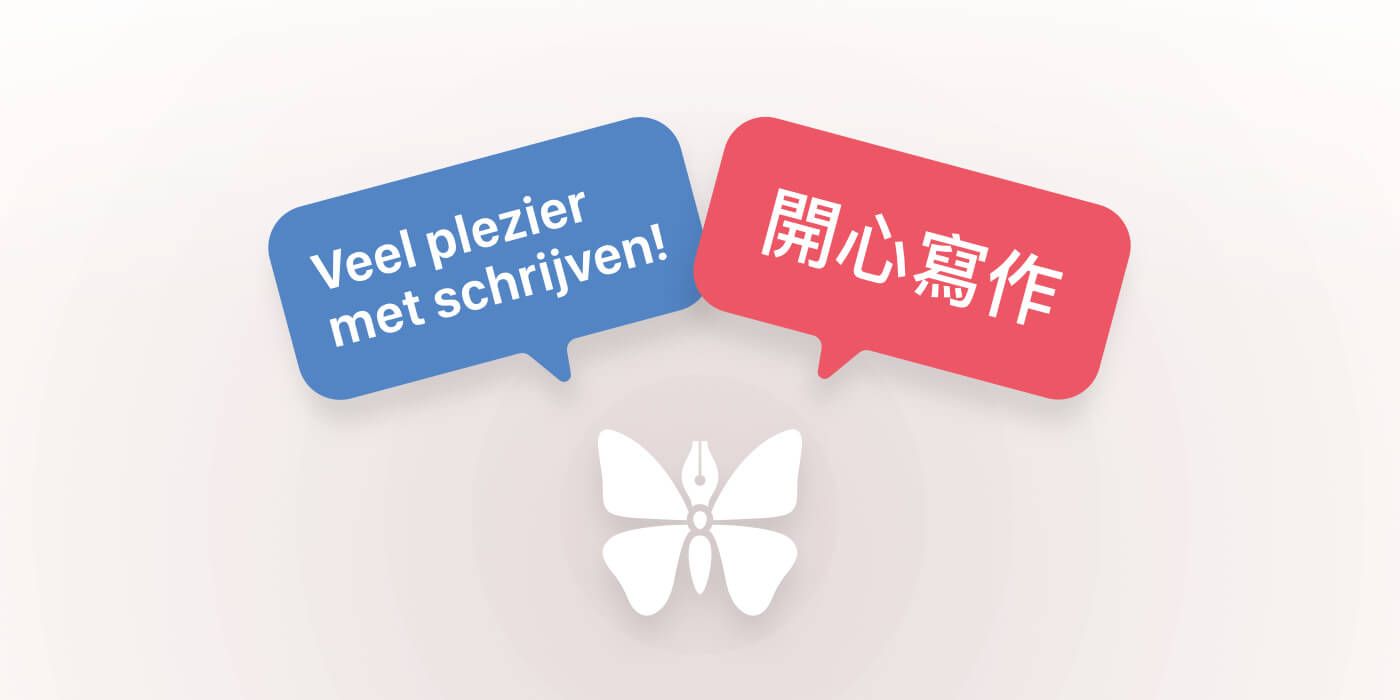Ulysses has again learned two new languages: Dutch and Traditional Chinese! Dutch is spoken in the Netherlands and Flanders, a region of Belgium. Traditional Chinese is a writing system for the Chinese language used, most importantly, in Taiwan and Hong Kong.
If you’re already a Ulysses user and a native speaker of either one of these languages, you may wonder how to switch Ulysses to Dutch or Traditional Chinese. Let’s shed some light on this topic!
Like any other app, Ulysses follows your general language preferences, if possible. (Only if your system language is not available, it will apply English by default). So, if your device is already set to Dutch or Traditional Chinese, all you need to do is update Ulysses, et voilá!
Now, let’s assume your device is set to English for a reason, but you would like to make use of Ulysses in your native language, or the other way around. That’s possible, too: If you’re running the latest OSes, that is, macOS Catalina and iOS 13, you can also set the language for each app individually.
On your iPad or iPhone, follow these steps:
- Open the Settings app.
- Scroll through your list of apps and select Ulysses.
- In the settings for Ulysses, choose the language of your choice. Also, toggle “Reset Introduction” to make sure the in-app manual is displayed in the new language as well.
Here’s how to do it on Mac:
- Click on the Apple icon and open “System Preferences”.
- Choose “Language & Region” and select the Apps tab.
- Add Ulysses via the
+and choose the language of your choice. - Restart your computer.
- In your Ulysses library, right-click the introduction to reset it.
The update which contains the new localizations is already available on the App Store and the Mac App Store. Go get it if you haven’t yet!
